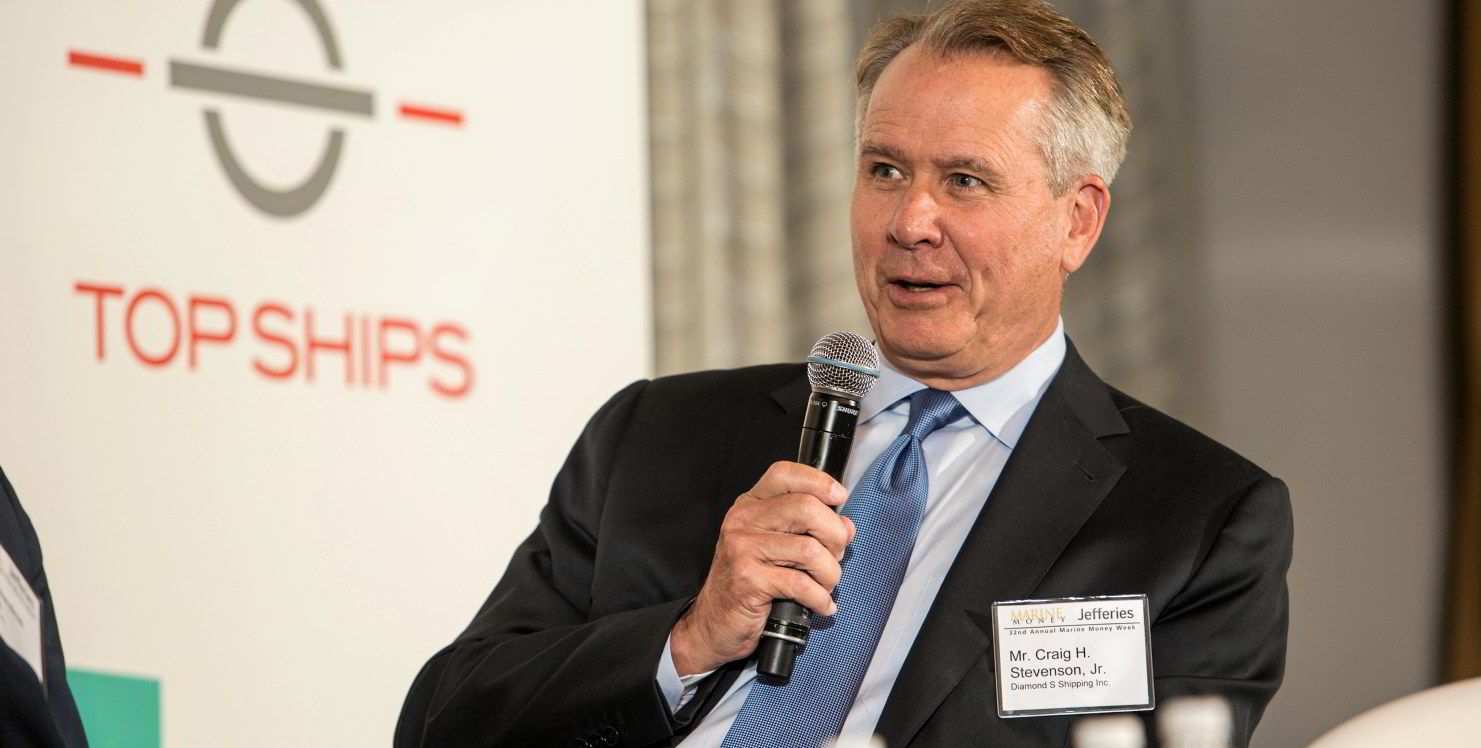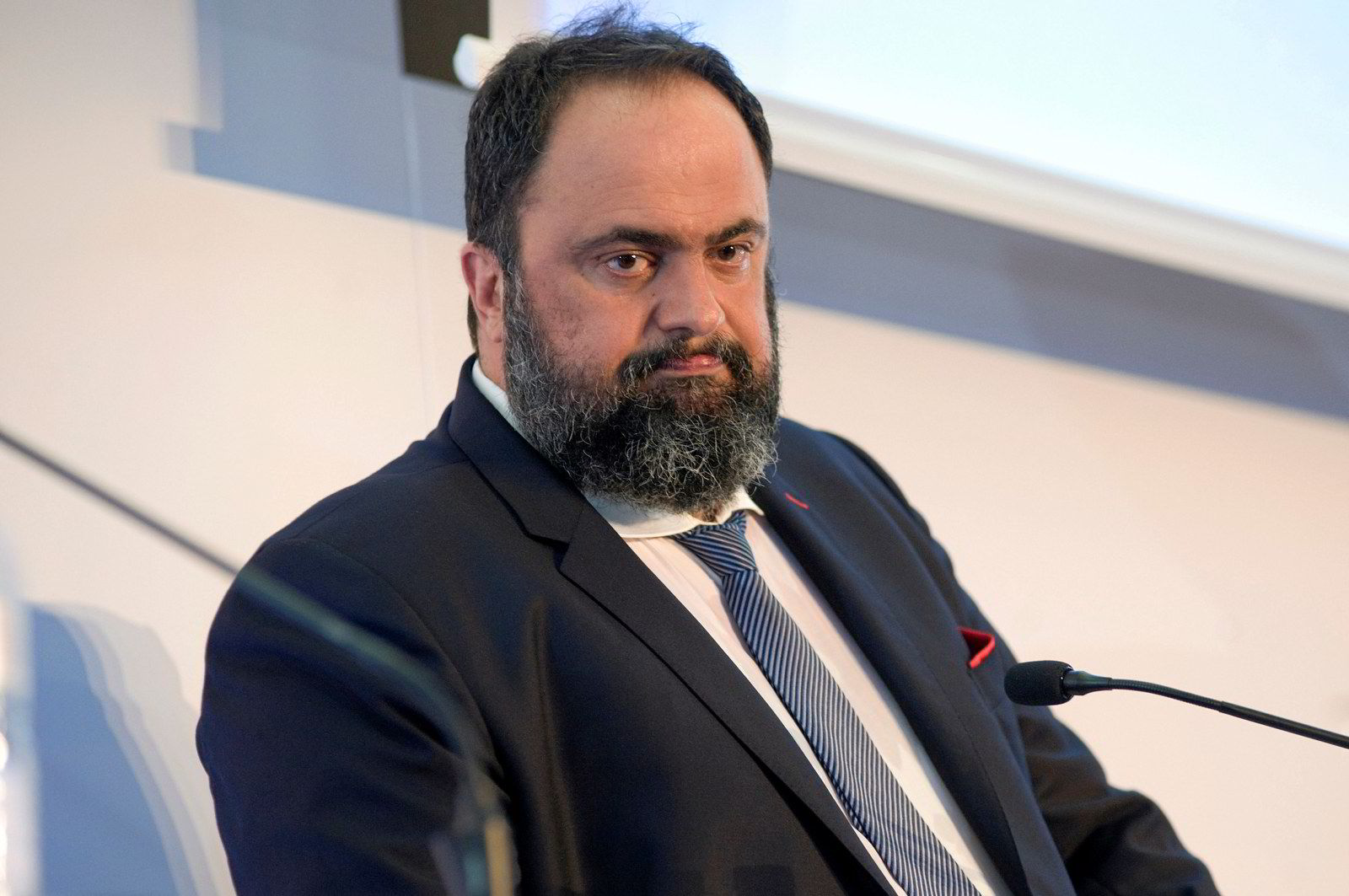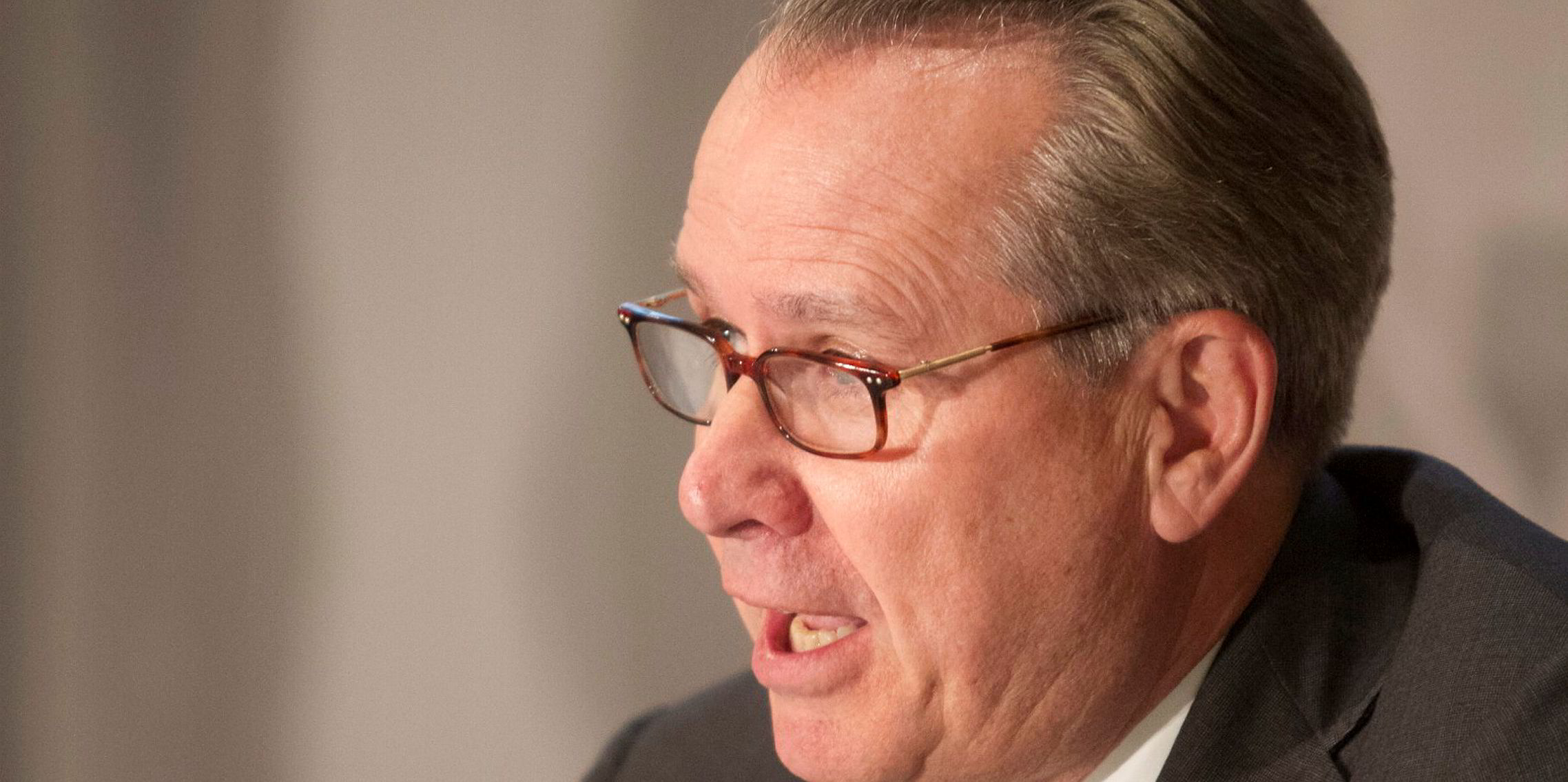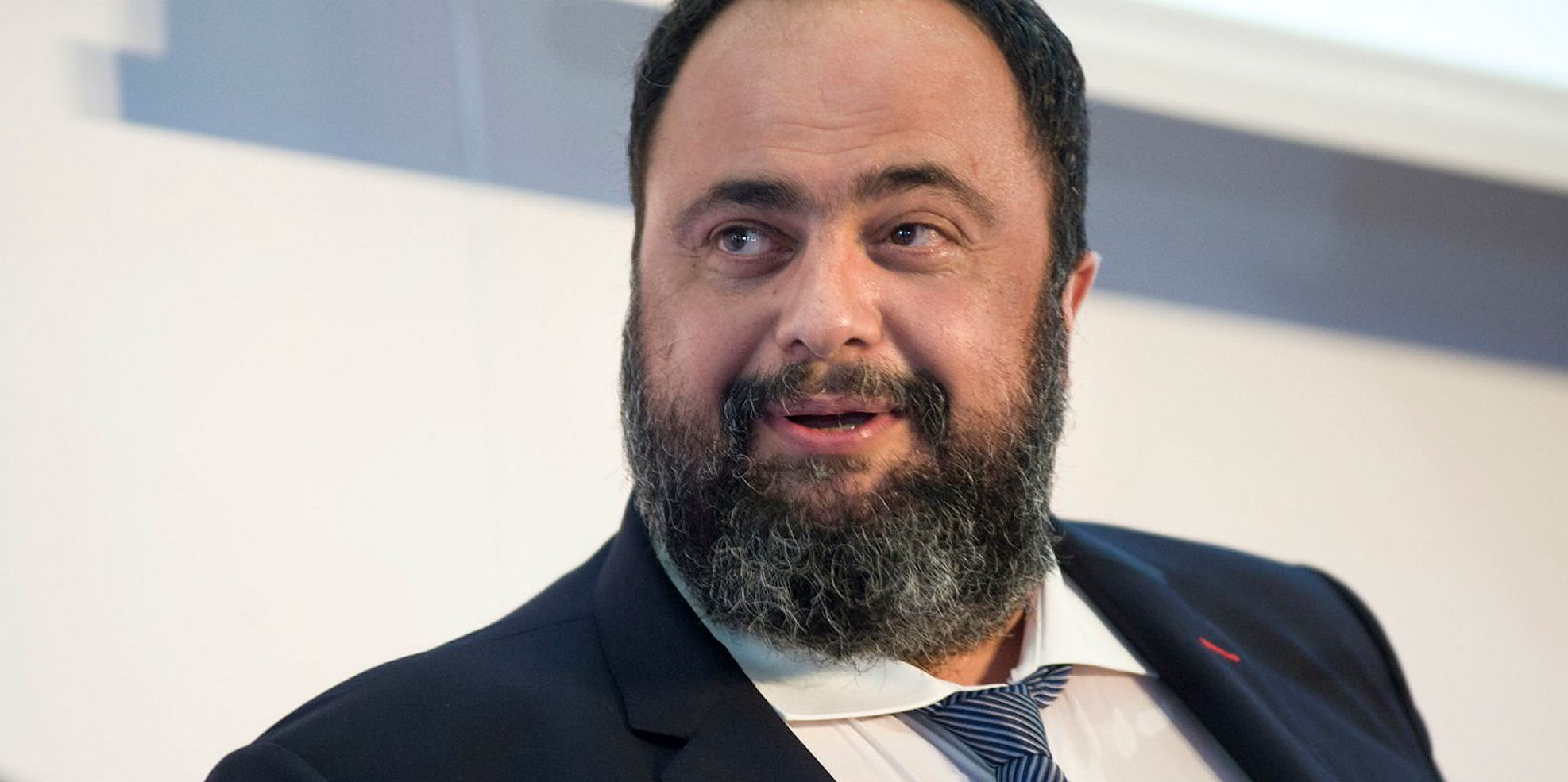When Diamond S Shipping reports quarterly earnings Monday, it will do so as a house divided.
Capital principal Evangelos Marinakis is not a big fan of the current management, led by industry veteran Craig H Stevenson Jr as chief executive officer.
The moment has passed for the cohesive powerhouse envisaged when Diamond sealed a $1.65bn merger with Greece’s Capital Product Partners in March 2019.
And judging from remarks Marinakis made publicly at a recent industry event, that may be an understatement.
Speaking at Capital Link’s annual Greek shipping conference, held virtually this year, Marinakis bluntly called the merger one of the worst business decisions he has ever made.
“Ultimately, we found out that we did not share the same vision and motivation with the management and the company’s performance was unsatisfactory,” Marinakis said on a panel appearance.
“They failed to take advantage of the good tanker markets to sell older assets and take time charter coverage, while the commercial performance and overall governance has been disappointing.”
Rumours confirmed
The Greek owner’s remarks were made 22 October according to a transcript, but have not been previously reported.
Rumours have circulated of a rift between the Marinakis and Diamond camps for months now, but Marinakis’ move to call out the management team was the first outward confirmation of the split.
“For consolidation to work, you need to exploit synergies, bring expenses down and make better commercial decisions taking advantage of scale,” Marinakis said on the panel.
“However if management’s primary objective is simply to secure a good compensation package for themselves and their family, then consolidation would work much worse than to have a smaller company, which you control where the procedures and decision making are clearer and more effective.”

TradeWinds asked Marinakis whether he would amplify on the remarks this week, but he declined through a spokesman.
A request for reaction to the comments was not answered by Stevenson by TradeWinds’ deadline.
Family fortunes
Marinakis’ remarks on compensation were aimed both at CEO Stevenson and the presence of his son, Craig H Stevenson III, as Diamond’s chief strategy officer, according to a source familiar with the issue.
The elder Stevenson pulled in an overall compensation package of $3.9m for 2019, according to public filings. His base salary of $969,000 was augmented by stock awards valued at $2.1m and a cash bonus of $805,000.
The stock awards, whose real value will be determined only over time, made up the main difference in Stevenson’s increase from 2018 compensation of $1.7m.
The younger Stevenson has received overall compensation of $453,000 and $386,000 over the past two years, filings indicate.
Some in the Capital camp question whether the chief executive’s pay is in line with company size – with a current market capitalisation of $261m – and financial performance, according to the source.
There are also rumblings that while the issue of offspring of Greek shipowners succeeding their parents in public companies often gets scrutinised on corporate-governance grounds, there has been little attention paid to the Stevenson family ties in this case.
Establishing direct comparisons for chief executive Stevenson’s compensation is not easy because only US-domiciled public companies itemise executive pay in public filings.
However, one match might be New York-based International Seaways, where chief executive Lois Zabrocky made $2.8m last year. The total includes a $615,000 base salary, an $800,000 cash bonus and $1.35m in stock awards.
International Seaways has a market capitalisation of about $450m, or nearly double the current size of Diamond S.
Stevenson, the well-respected former OMI Corp CEO, founded Diamond S in 2007 as a private company with backing from US-based energy investor First Reserve.
Diamond struck its first deal in 2010 with an order for eight suezmax and two LR2 newbuildings in South Korean shipyards.
Bankruptcy king
Diamond received a $600m investment from a team led by legendary “King of Bankruptcy” Wilbur Ross in 2011 as it acquired the 30-ship product tanker fleet of Cido Shipping in a deal valued at $1.2bn.
But the owner did not get public until March 2019, when it completed a shares-for-shares merger valued at $1.65bn for the tanker fleet of Marinakis public vehicle Capital Product Partners, which spun off shares that began trading under the Diamond name.
The deal created the world's third-largest public product tanker owner and fifth-largest public tanker company by dwt, with 64 units valued at near $1.5bn.
Marinakis took a 6% holding in the new company and two seats on the company board. The shareholding is now about 6.9%
Expectations
Equity analysts expect Diamond to report that it has lost money when it unveils third-quarter earnings on Monday. The Wall Street consensus bet is for a loss of $0.26 per share.
Like virtually all tanker owners, Diamond made money in the year’s first half on a market driven by an oil price war and floating storage opportunities.
Diamond had net income of $90.8m against a loss of $9.5m in the first half of 2019 on two consecutive profitable quarters.
However, it was forced to acknowledge that it had missed part of the boom market on second-quarter bookings owing to “stranded voyages” by about 25% of its crude spot fleet as a result of bookings from February and March that saw port delays.
Diamond also announced in June that it would transfer 28 product tankers to Norden’s Norient Product Pool after its own management of the fleet had resulted in rates than underperformed market averages.
While the Capital camp is said to have been supportive of that move, Marinakis pulled more 20 tankers out of joint operating agreements with Diamond in order to manage them privately.
A source explained that Capital was simply reverting to an operating agreement with Diamond under which it was guaranteed management of at least 25 vessels. It had voluntarily waived the minimum prior to the Norden withdrawals.










